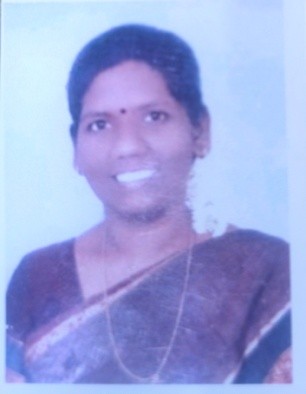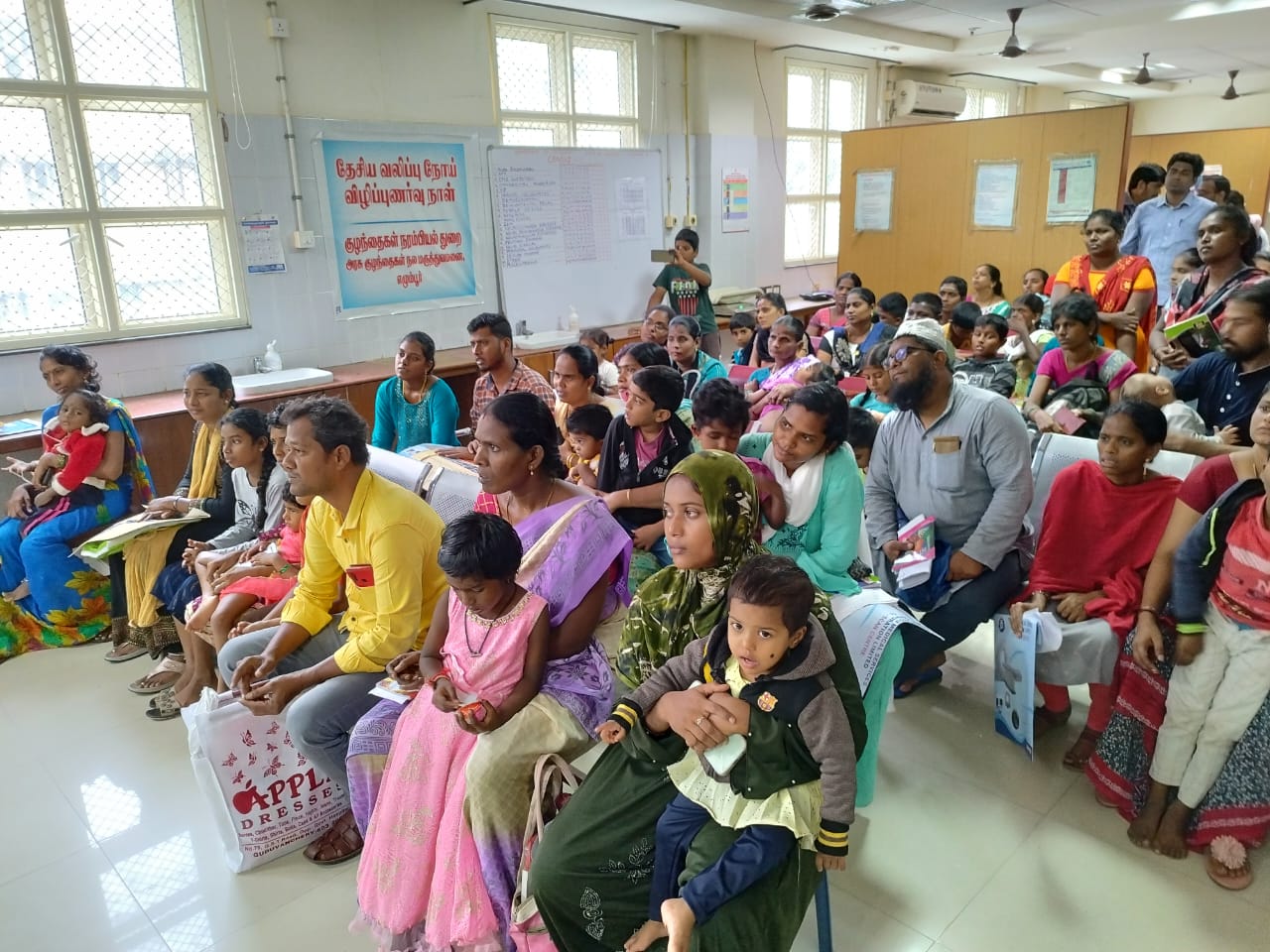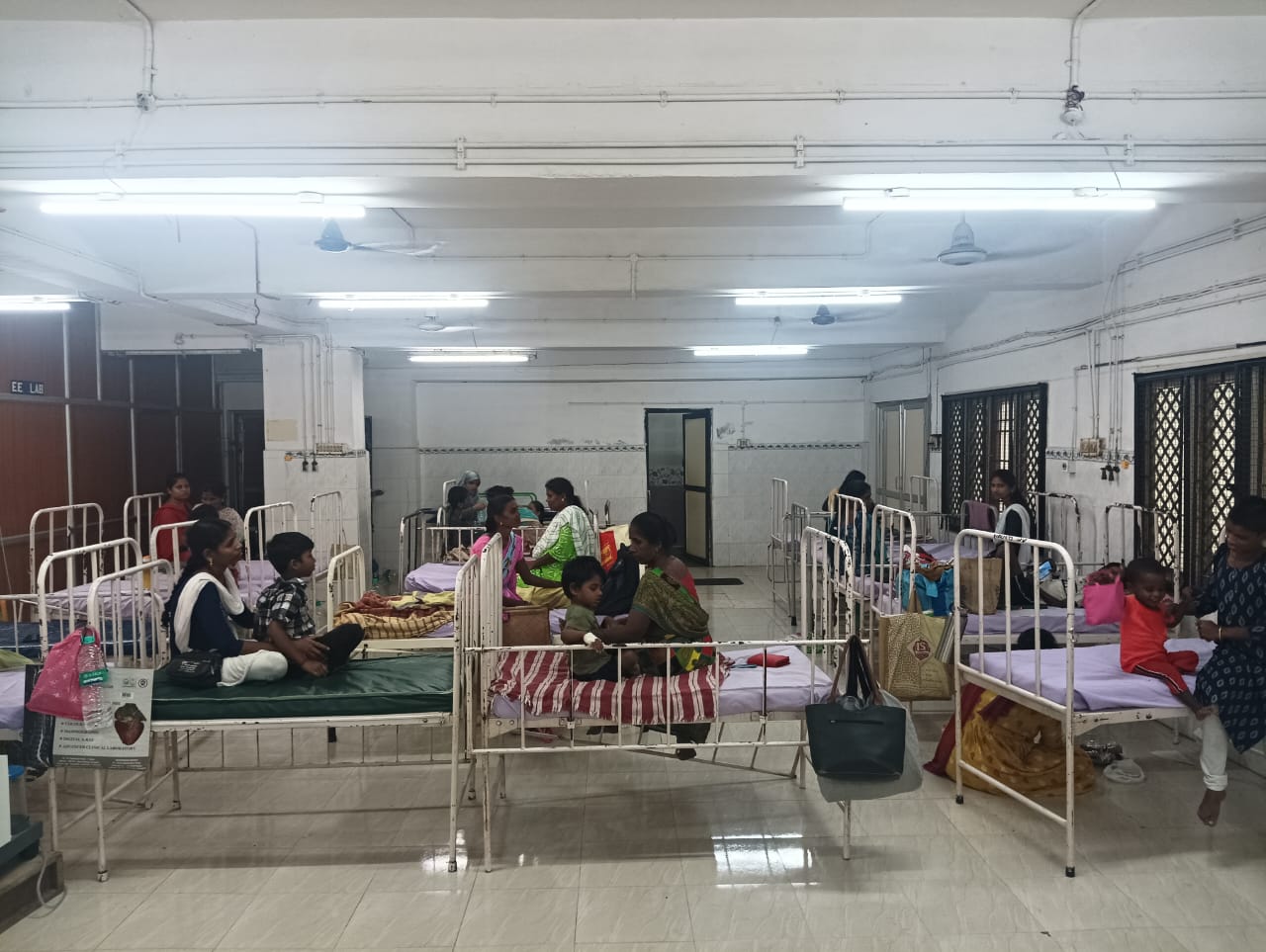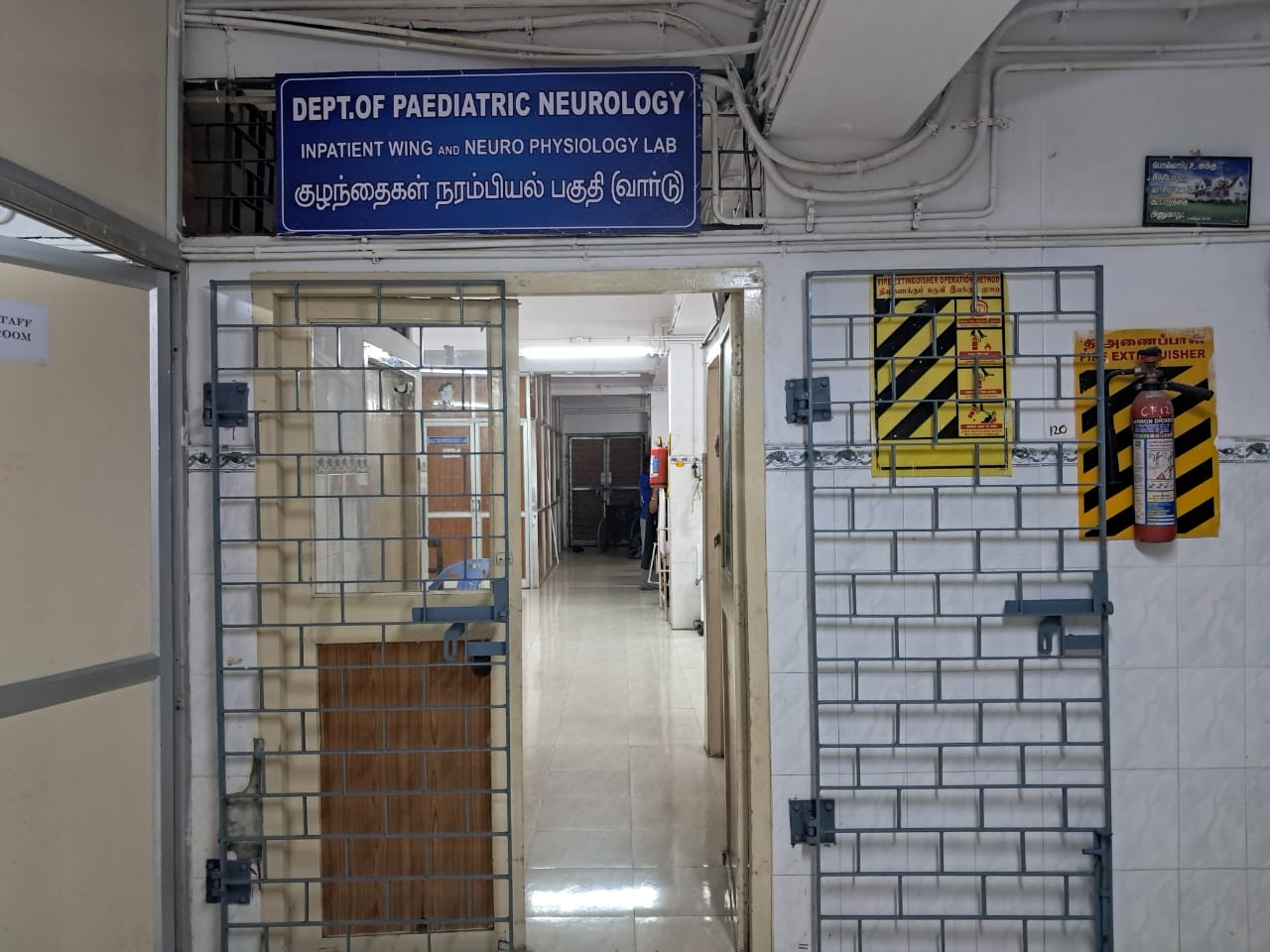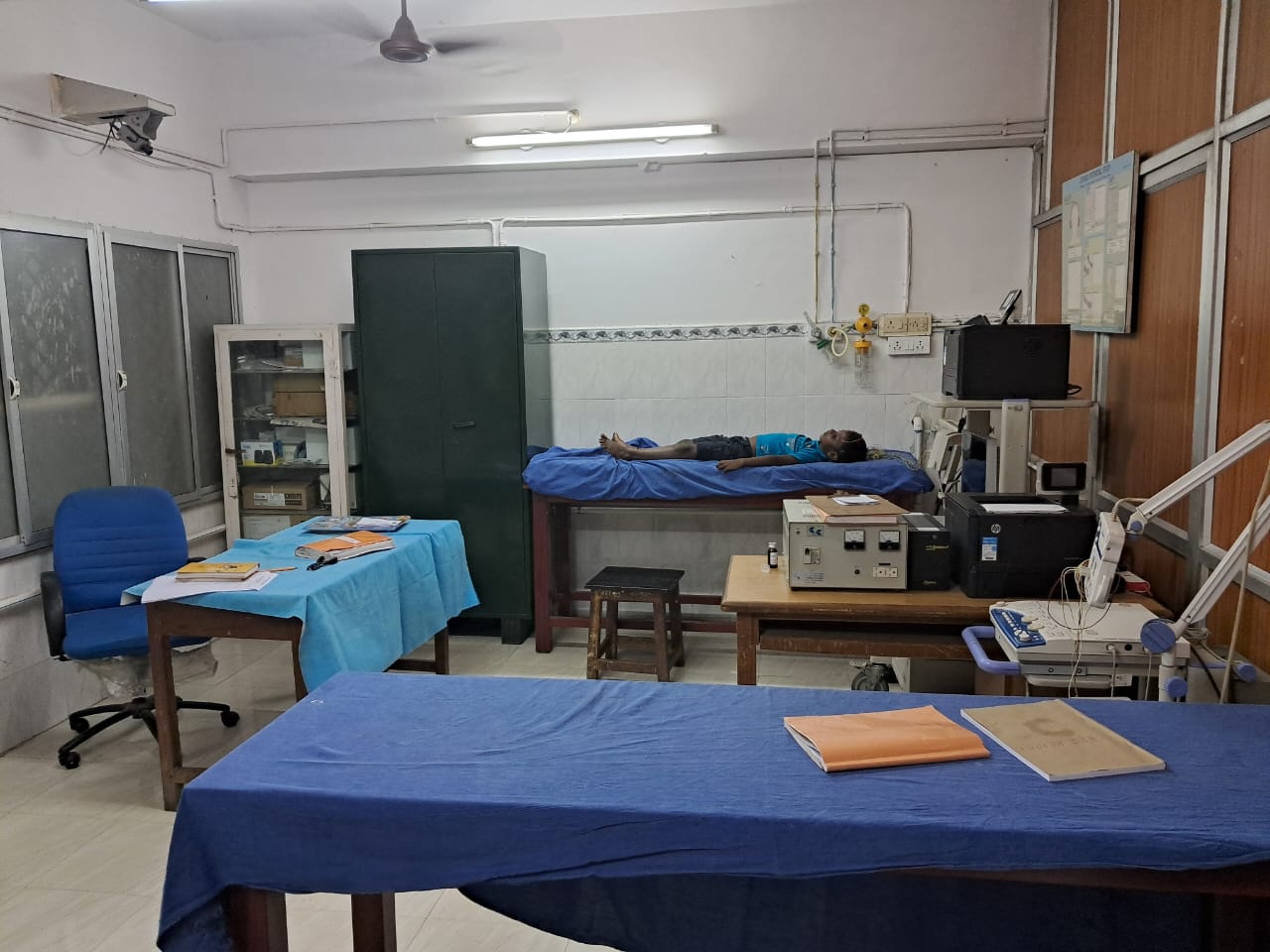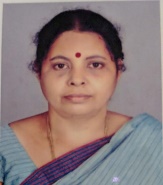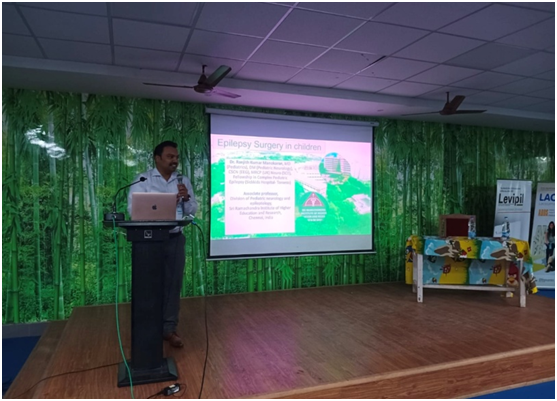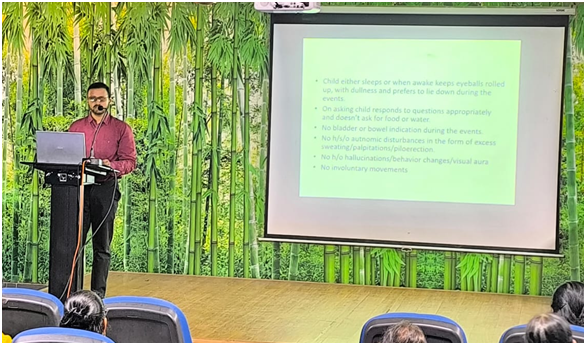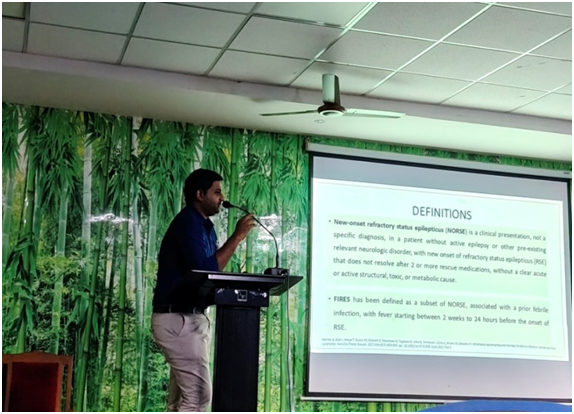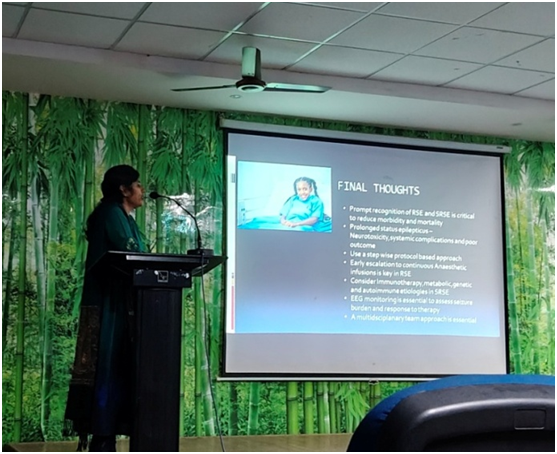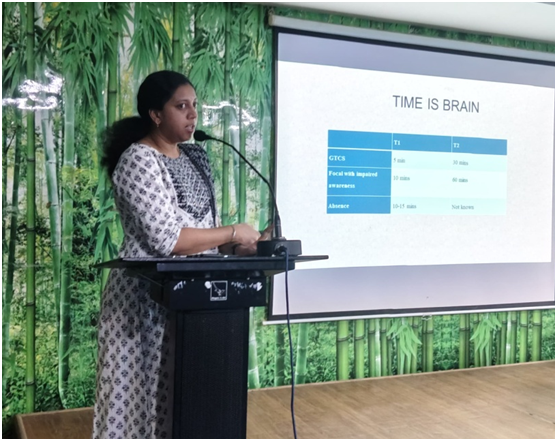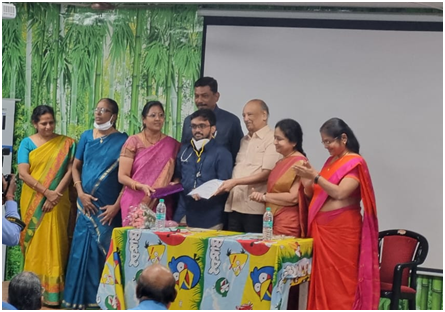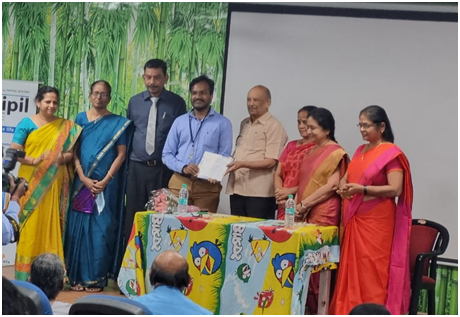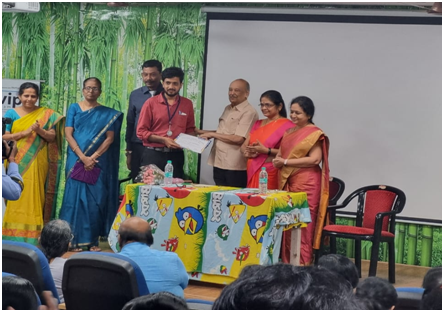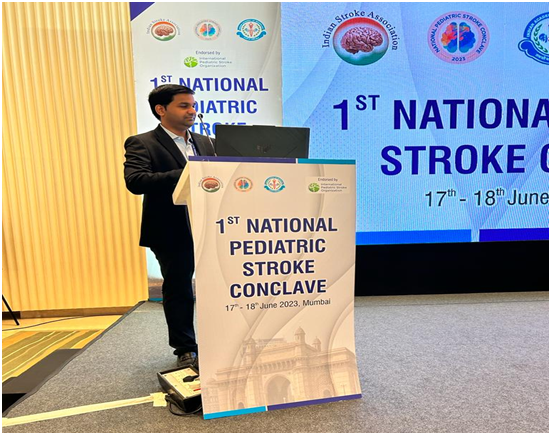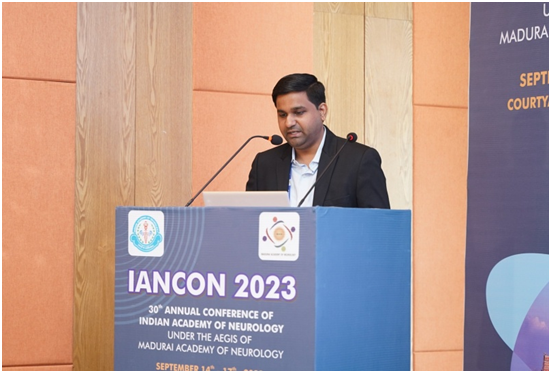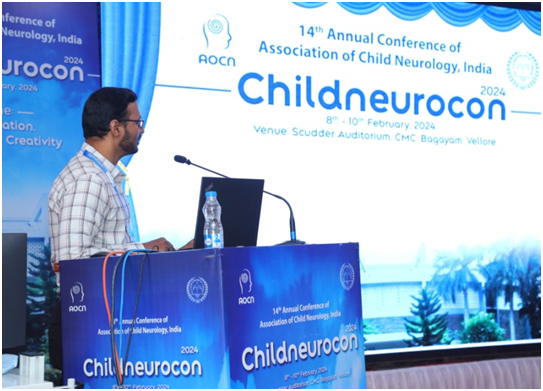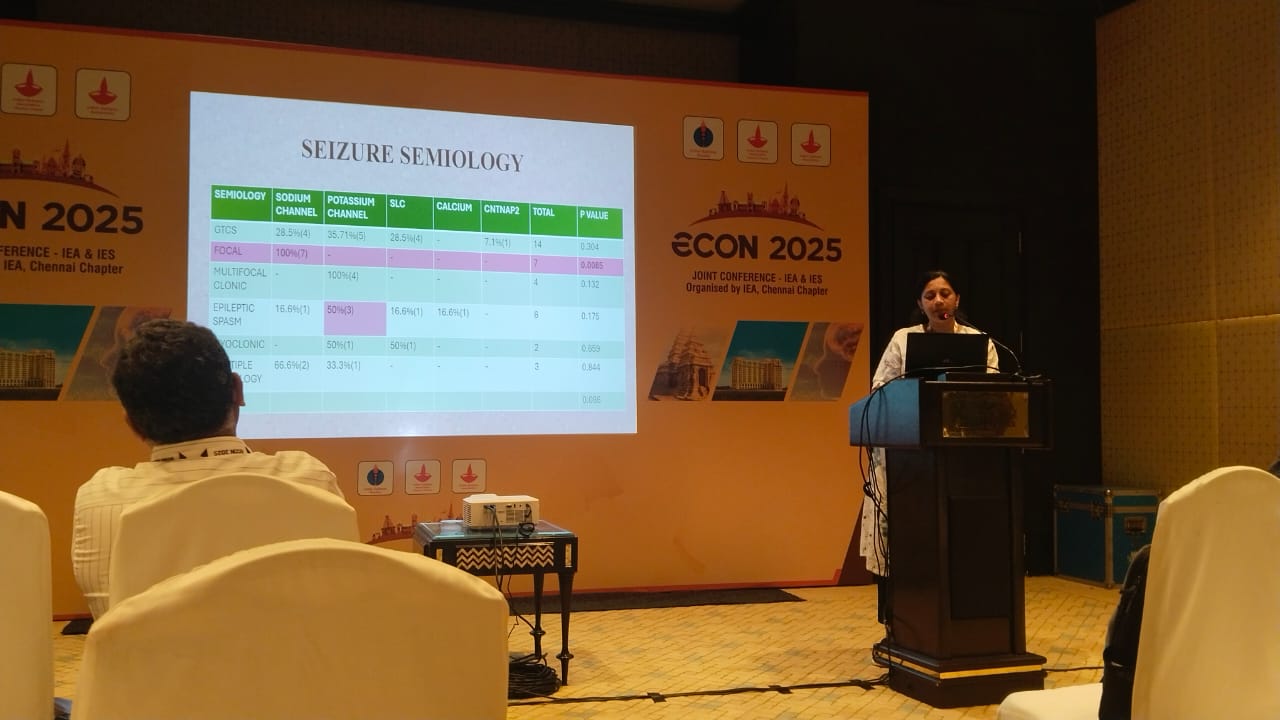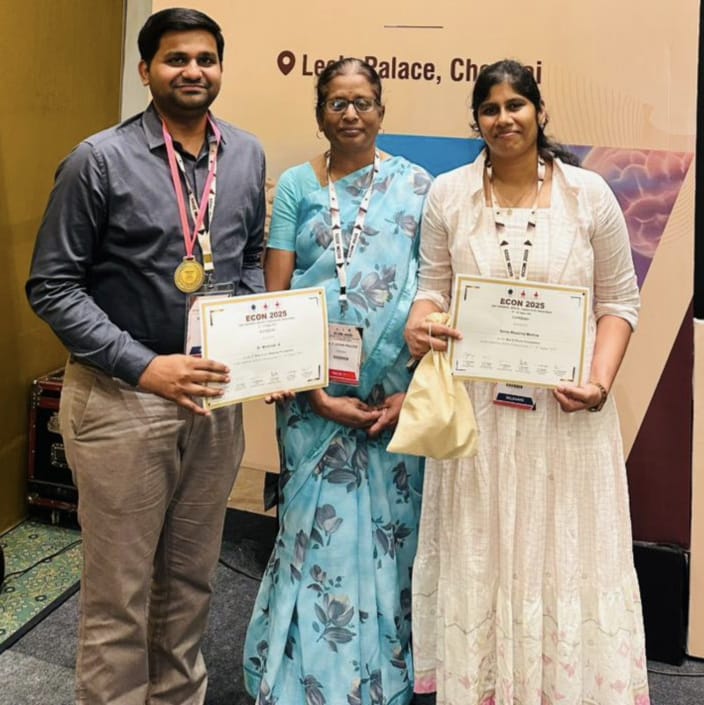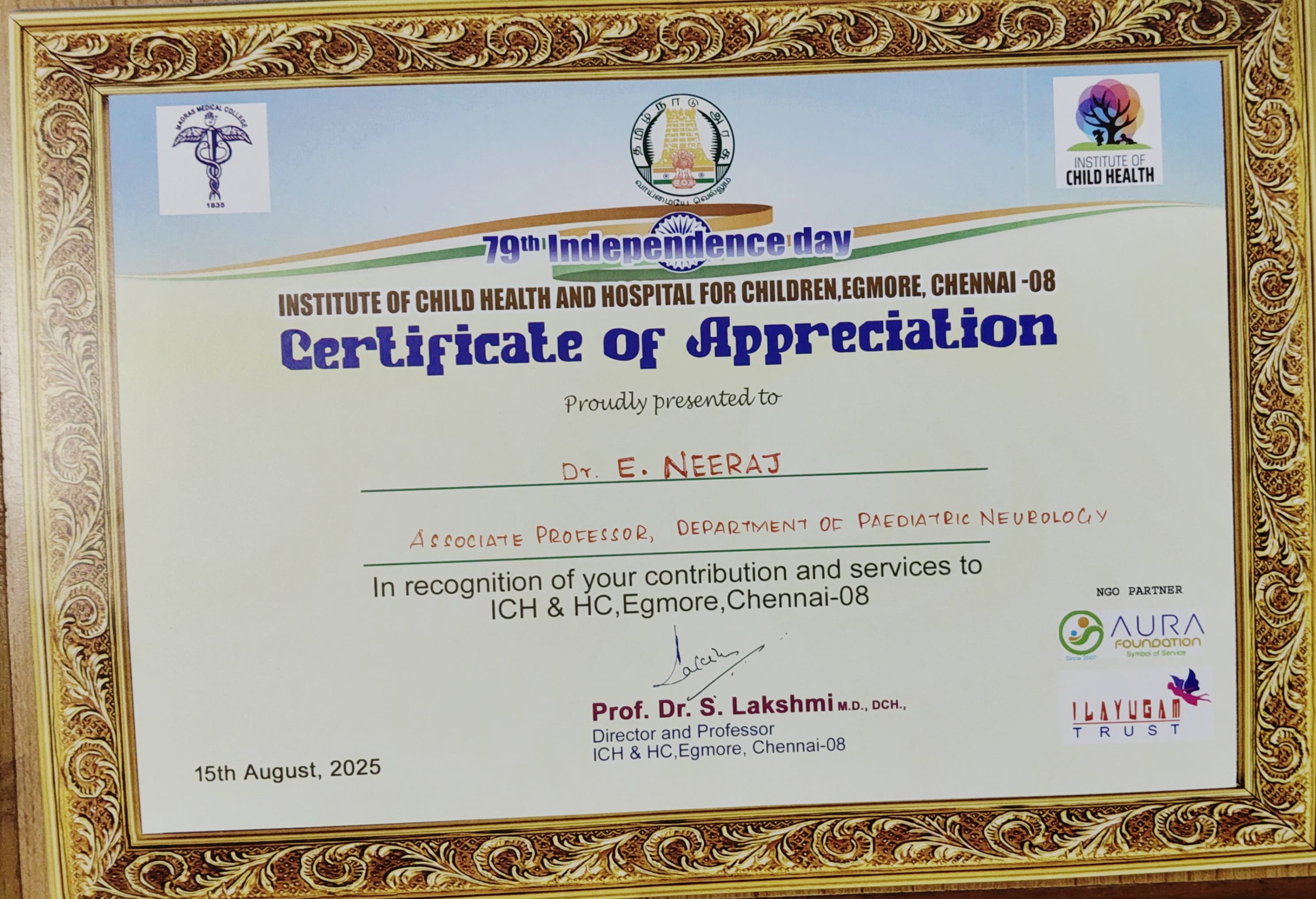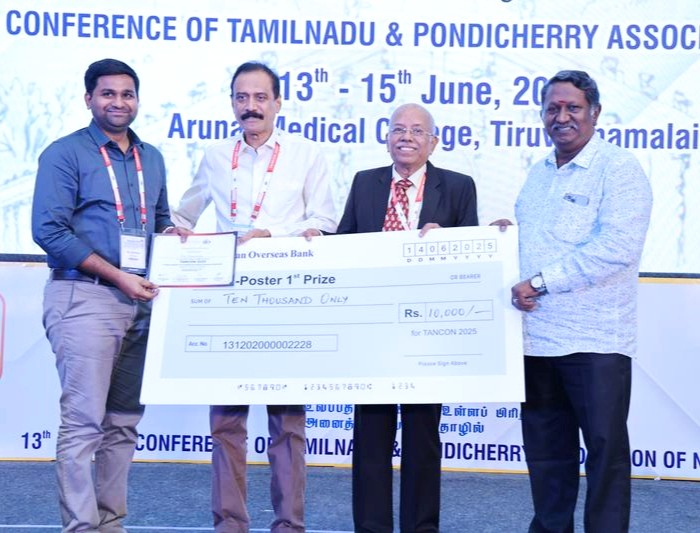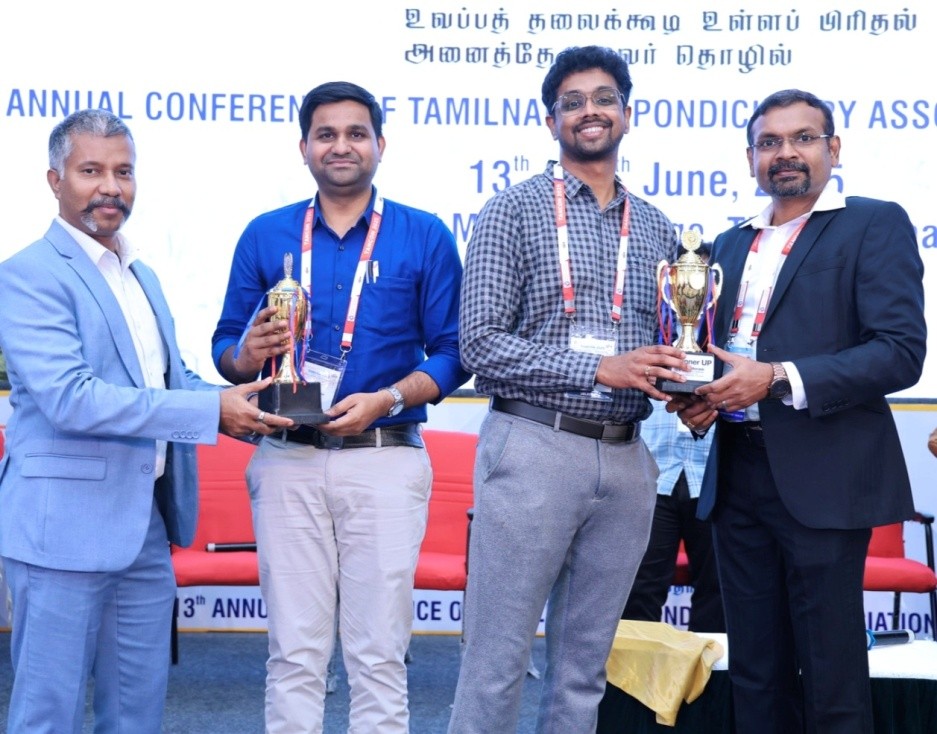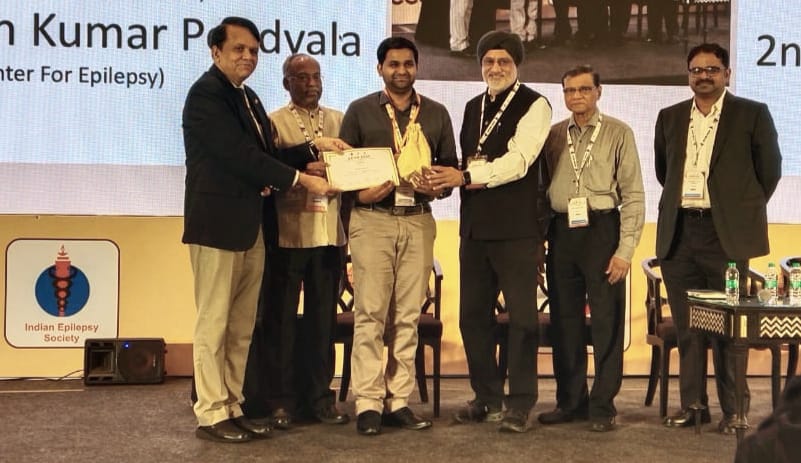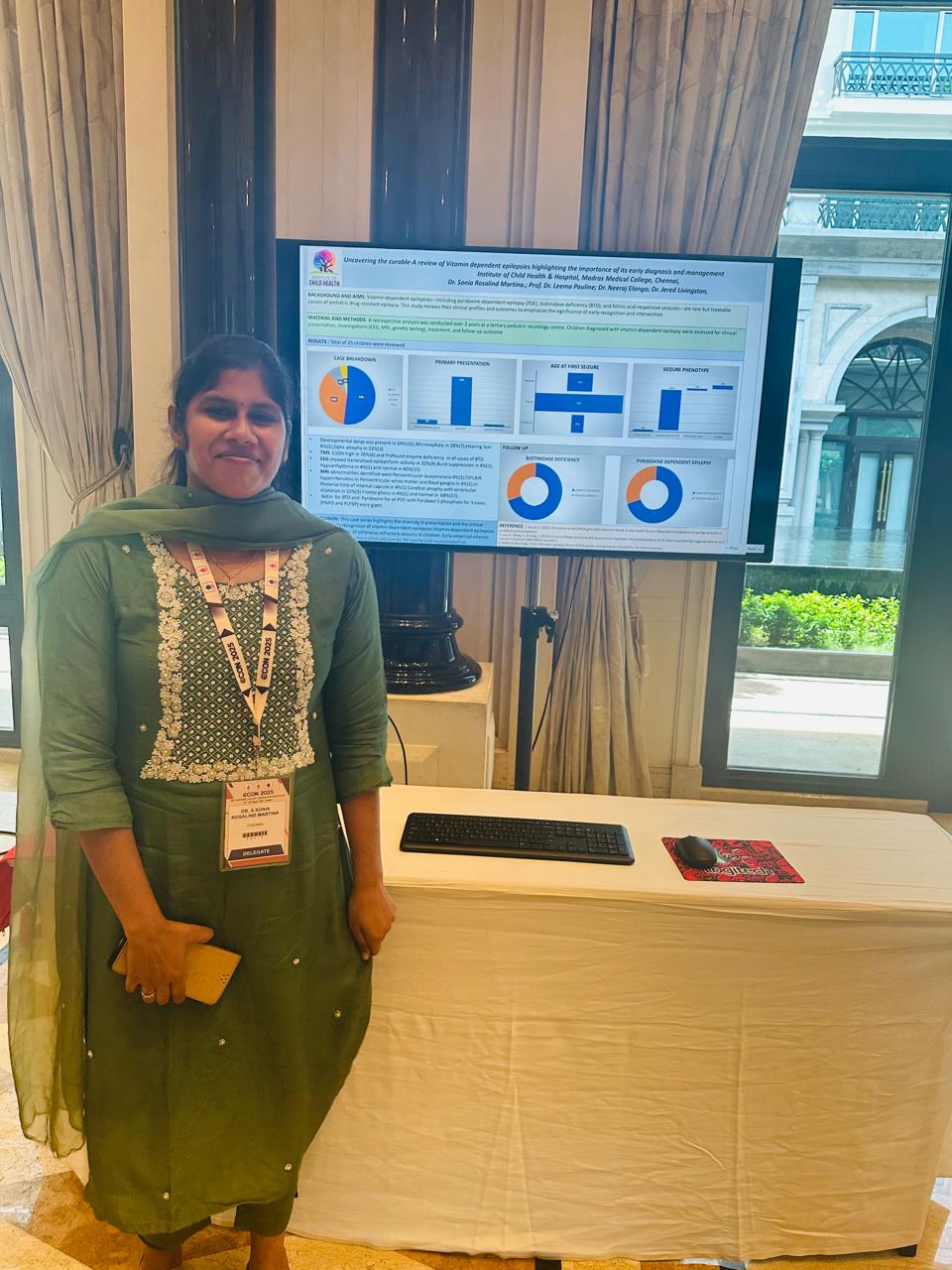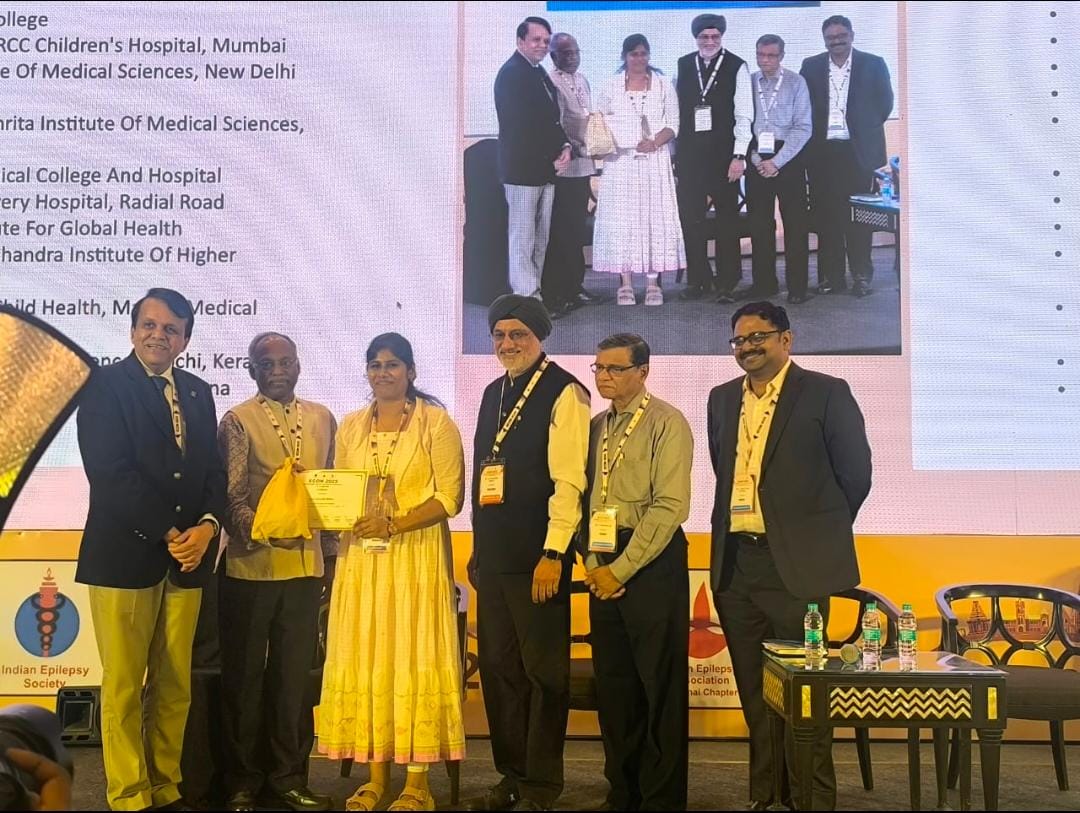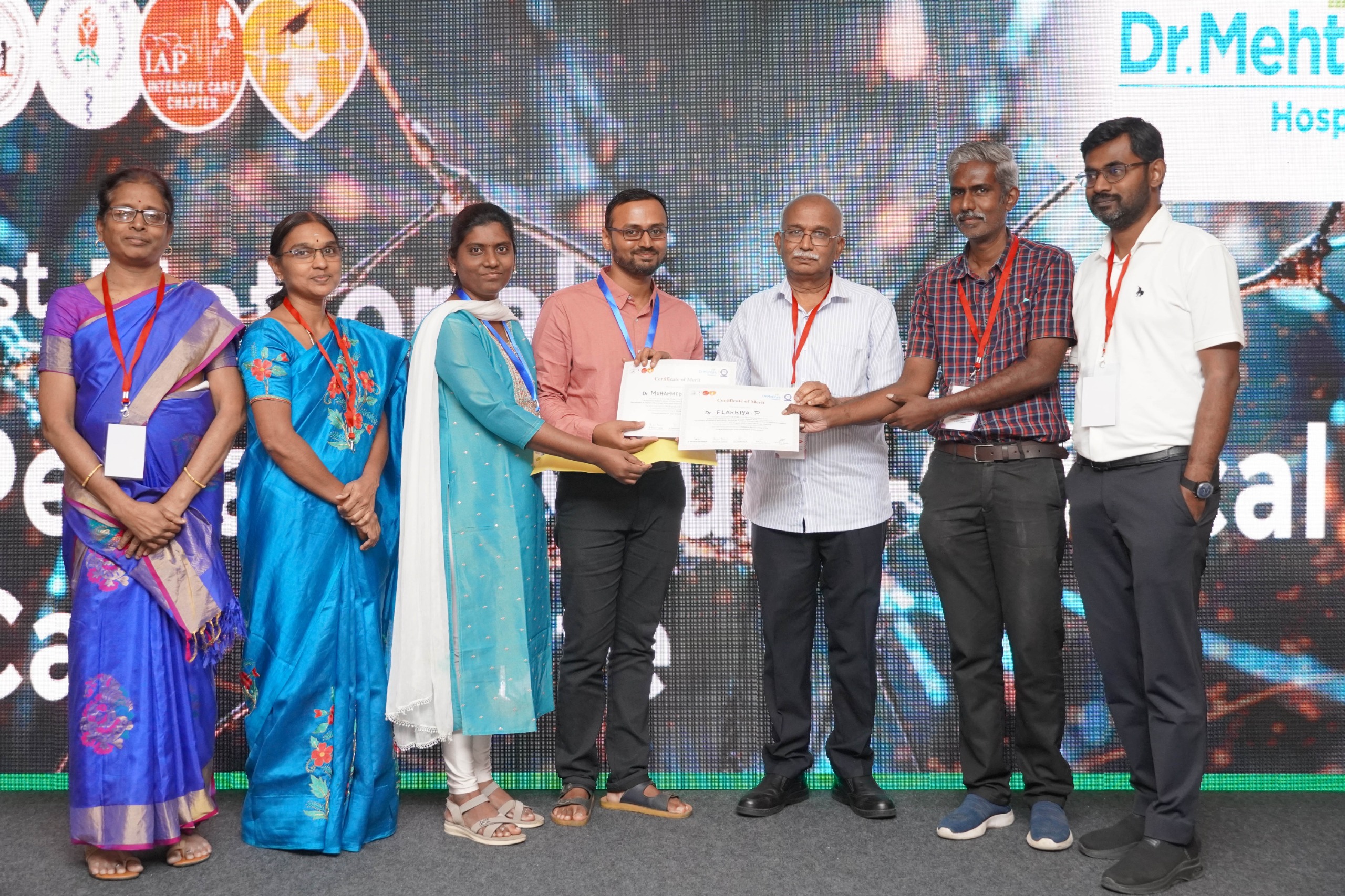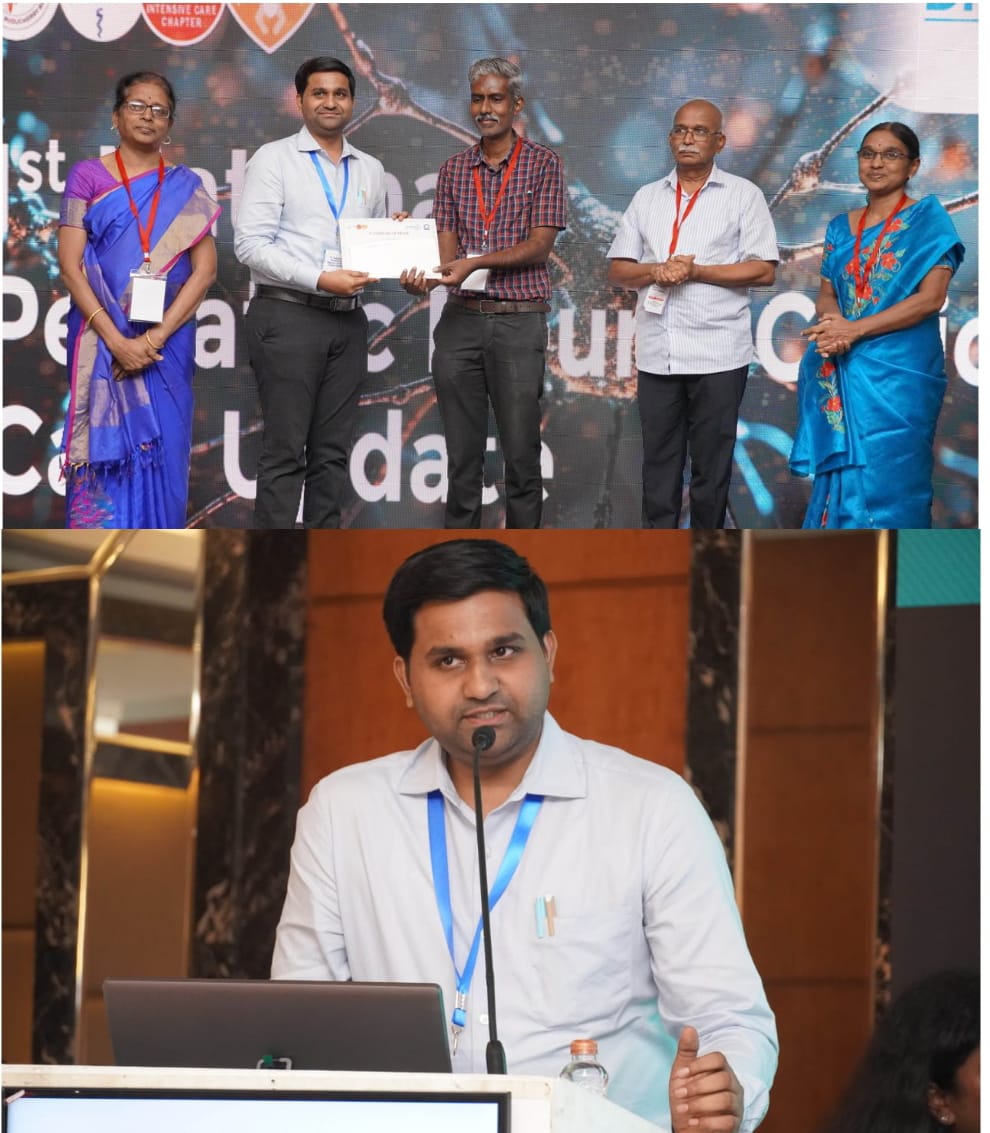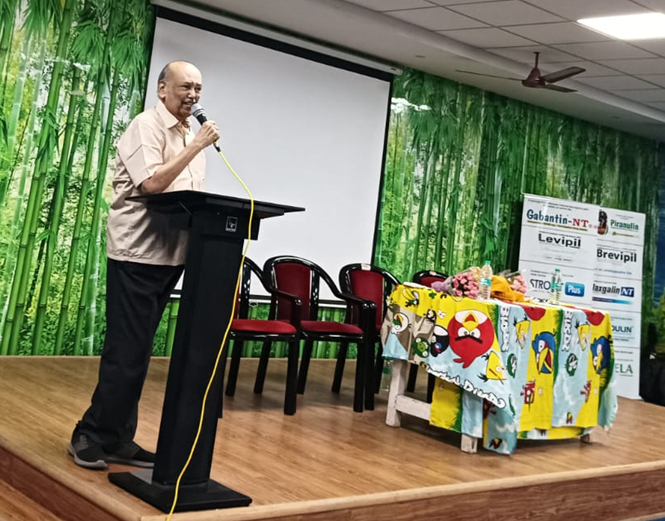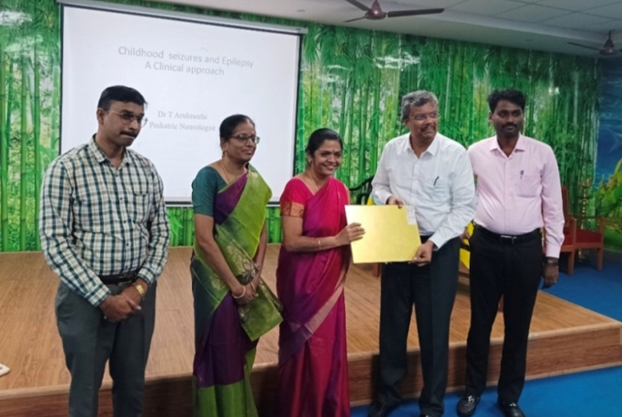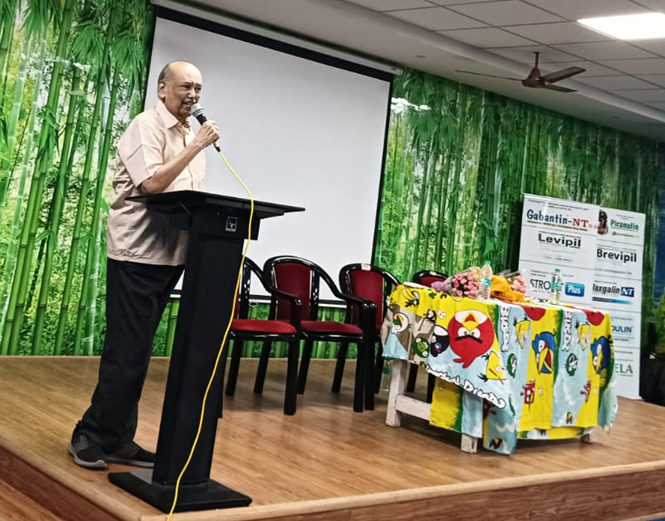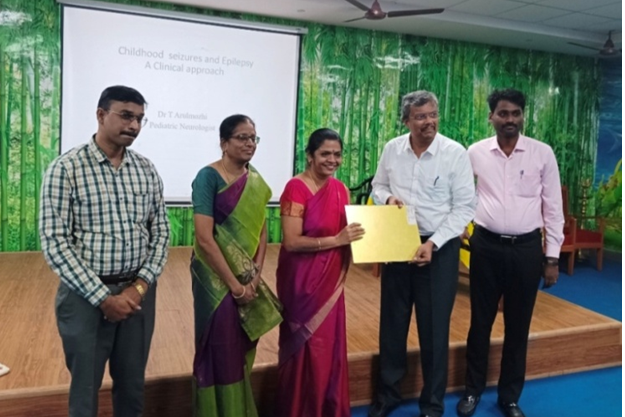Success
story 1 – ANTI NMDAR ENCEPHALITIS
Six year old male child
admitted during the covid pandemic with new onset seizures following two days
of fever, altered behaviour, insomnia, involuntary movements involving limbs,
and perioral region. MRI brain was
normal, CSF analysis was acellular, normal biochemistry and sterile. CSF
virology turned out to be negative. CSF autoimmune panel was strongly positive
for NMDR encephalitis. EEG showed diffuse slowing. Diagnosed as NMDR encephalitis,
successfully managed with IV Methylprednisolone, Intravenous Immunoglobulin and
injection Rituximab. Child recovered without any sequelae.
Success
story 2 – REFRACTORY SEIZURES IN INFANT - BIOTINIDASE DEFICIENCY
A 2 month old female
infant presented with multiple episodes of generalised seizures, not responding
to conventional anticonvulsants. There was no response to Pyridoxine trial.
Basic metabolic parameters, MRI brain, CSF analysis and EEG were normal. Child
had sparse hair, hence a possibility of biotinidase deficiency was considered
and child was started on Biotin supplementation. There was a dramatic control
of seizures in 24 hours. Tandem mass spectrometry revealed elevated C5OH levels
and serum biotinidase level was low. Whole exome sequencing confirmed
biotinidase deficiency. There were no further seizures and child has normal
developmental outcome.
Success
story 3 - ACUTE NECROTISING ENCEPHALITIS OF CHILDHOOD(ANEC)
A 10 year old previously neurologically
normal male child presented with fever, recurrent seizures and altered
sensorium. MRI brain showed bilateral symmetrical hyper intensities in thalami.
CSF analysis was normal, including viral studies. Basic metabolic workup
including ammonia, lactate were normal. Fever workup turned out to be negative.
In view of classical MRI findings, acute necrotising encephalitis of childhood
(ANEC) was diagnosed and treated with intravenous Methylprednisolone and Intravenous
Immunoglobulin. Child recovered without any sequelae.
Success
story 4- METABOLIC ENCEPHALOPATHY - UREA CYCLE DISORDER
A 3 year old female
child, with the background of Motor developmental delay, presented with altered
sensorium of 3 days duration with fever. There were no lateralising signs, MRI
brain showed bilateral cortical hyper intensities in both frontal regions. CSF
analysis was normal. EEG showed diffuse background slowing. Serum Ammonia
estimation revealed elevated ammonia (> 5 x the normal value). Diagnosis of
Urea Cycle Disorder was made and Sodium Benzoate as scavenger therapy was
initiated. Sensorium improved, and
Tandem Mass Spectrometry showed elevated Arginine levels. Whole Exome
Sequencing confirmed Arginase deficiency and the child is on Sodium benzoate
and dietary management.
Success story 5 – PRIMARY HYPERALDOSTERONISM PRESENTING AS ACUTE FLACCID PARALYSIS
A 4
year old male child presented with acute flaccid weakness of all 4 limbs with
areflexia. He was initially worked up as a case of Guillian Barre Syndrome.
Serial serum potassium values were found to be persistently low despite
potassium correction. Child also had hypertension. Endocrine workup showed
normal cortisol levels, low renin and high aldosterone levels. CT abdomen with
contrast was normal. A diagnosis of Primary hyperaldosteronism was made. As
part of treatment protocol, adrenalectomy was done. Presently on follow up with
no further episodes of flaccid weakness.
Success story 6 – PARANEOPLASTIC OPSOCLONUS MYOCLONUS ATAXIA SYNDROME
A 2 year old girl
presented with acute onset of ataxia with areflexia. MRI brain, CSF analysis
and Nerve conduction study were normal. She was diagnosed as incomplete Miller
Fisher syndrome and was started on immunotherapy. USG abdomen revealed neuroblastoma. Urine Vanillyl Mandelic Acid was negative. Later
child developed opsoclonus. Upfront immunotherapy was started with concurrent
IV immunoglobulin and methyl prednisolone. Tumour was successfully removed by
pediatric surgeons. The child received chemotherapy
and monthly IV immunoglobulin for 1 year. Child recovered completely.
Success story 7 – REFRACTORY CHILDHOOD MYASTHENIA GRAVIS
A 8 year old
girl admitted with pneumonia, managed for Multisystem Inflammatory Disease in
Children. She developed recurrent lung collapse requiring ventilation. Repetitive
Nerve Stimulation revealed decremental response. Serum acetylcholine receptor
antibody titre was high. Diagnosed as auto immune myasthenia gravis. Child was
managed with AcetylCholine esterase inhibitors, steroids and immunosuppressant and
underwent thymectomy. She developed multiple episodes of myasthenic crises
despite multimodal treatment. Finally, Rituximab was tried. There were no
further episodes of crisis and she is currently maintained on acetylcholine
esterase inhibitor and low dose immunosuppressant.



